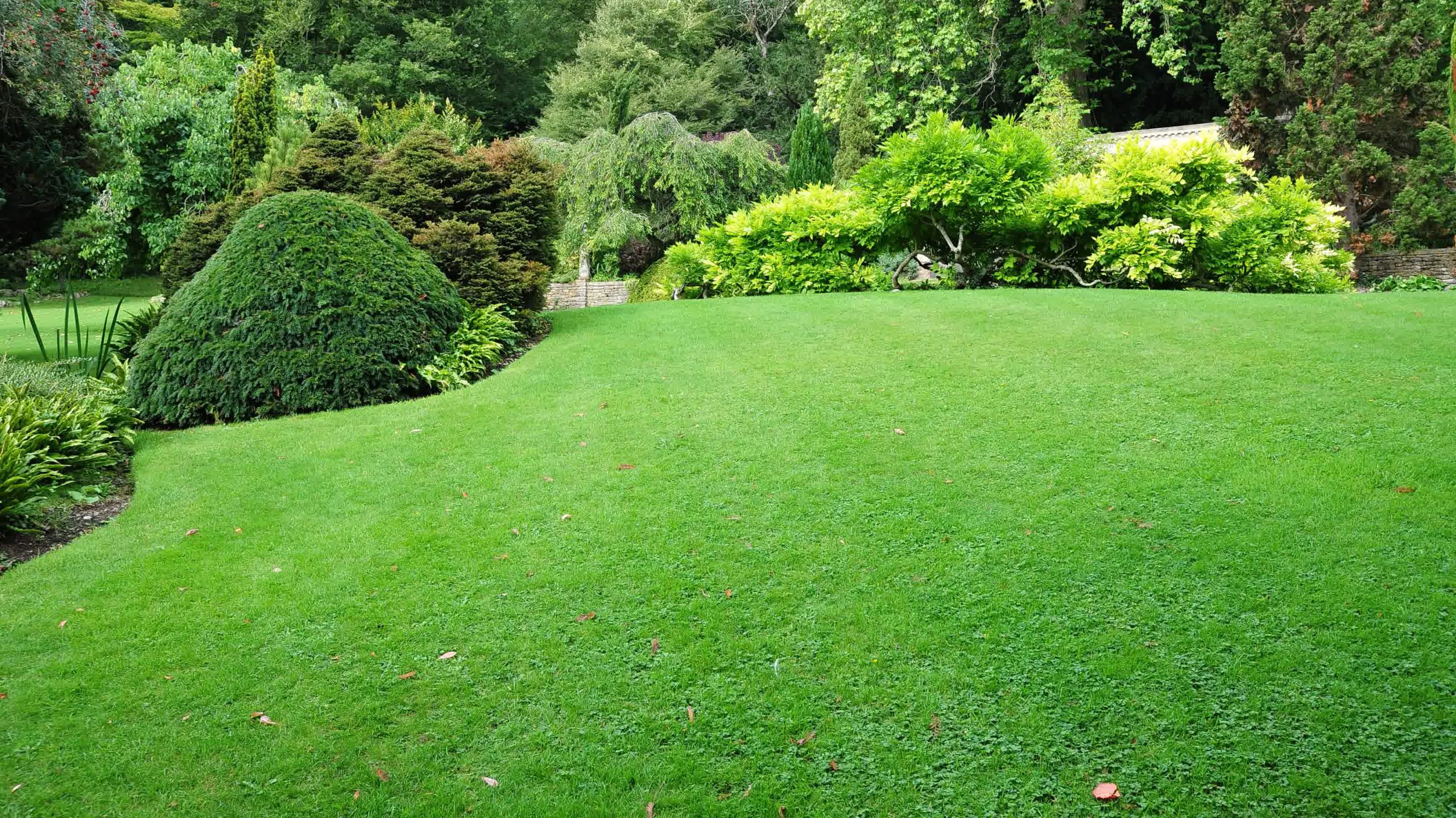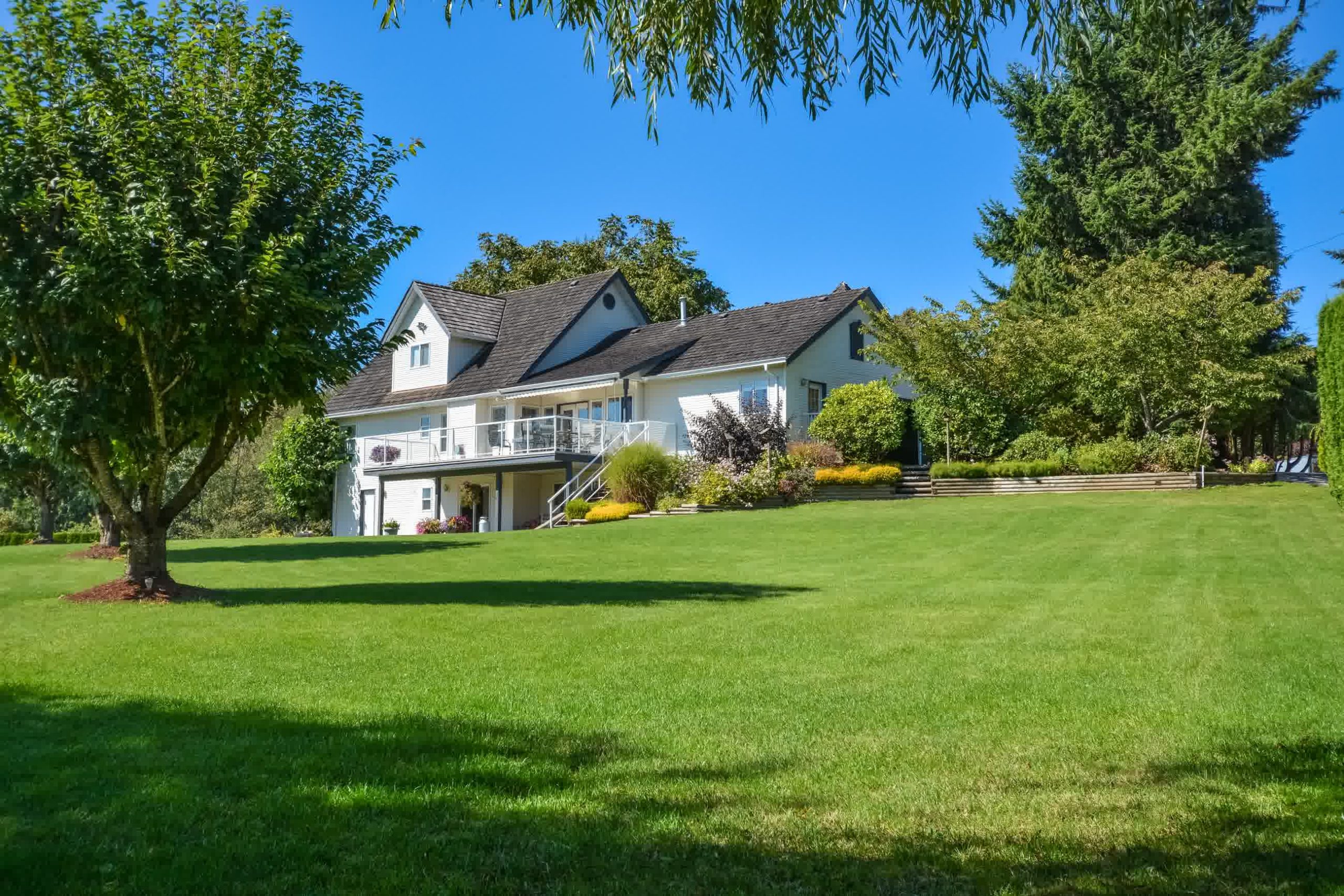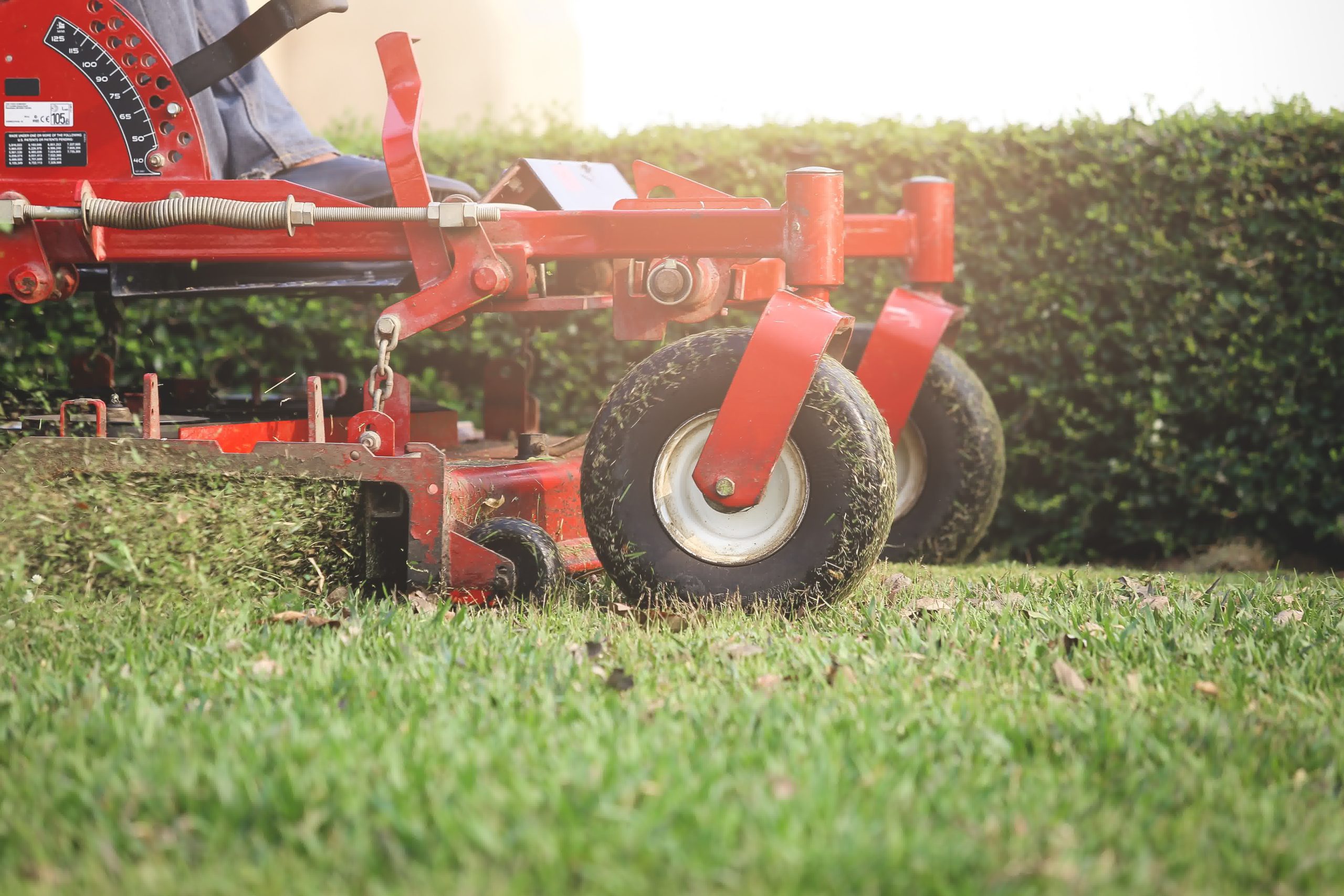Super Effective Autumn Weed Control Strategies for Your Lawn
Summary
Introduction: Fall is the cool season when weeds make their next move. While the days get chillier and grass growth slows down, many weeds are busy germinating or storing energy for spring, which is exactly why autumn weed control matters so much. With a smart plan built around timing, targeted products, and steady lawn care, a clean lawn now turns into a calmer spring later.
Apply Pre-emergent Herbicides for Effective Weed Control
What Should You Use Pre-emergent Herbicides for?
Pre-emergent herbicide is the line of defense that stops weed seeds from turning into sprouts. Instead of chasing weeds after they appear, it builds an invisible barrier on the top layer of soil that interrupts germination. In the fall, that protection is aimed at winter annuals and some cool-season troublemakers that want to pop up as temperatures dip. Think of the seeds resting in the thatch or soil as tiny plants waiting for the right moment. A properly timed application tells those seeds no…not this season!
Proper timing drives results. Soil temperatures guide the schedule far more than the calendar does, even in October. When soil holds in the 50s for a stretch, many winter annuals try to germinate, and that is the cue to apply a pre-emergent herbicide. It will not kill existing weeds, so it pairs best with a clean slate after a mowing and light cleanup. If overseeding is on your fall checklist, plan carefully, since most pre-emergent products will also block desirable grass seed growth. The plan is simple. Know the goal, check soil temps, and choose the window that protects your turf without blocking new seed.
How to Apply it With Ease and Efficiency
A smooth application is about even coverage and good watering. Granular pre-emergent herbicide is convenient with a broadcast spreader, while liquid products shine when a sprayer is calibrated and the lawn is fairly even. Either way, follow the label rates rather than guessing, and keep a steady pace so you do not leave light or heavy bands. Watering it afterward is essential since the product needs to settle into the top half inch of soil. A gentle irrigation cycle that adds roughly a quarter inch of water is usually all it takes.
There is a little bit of involvement in creating a sequential order that helps. Avoid aerating right after a pre-emergent treatment, since puncturing the soil breaks the protective barrier. Keep applications off garden beds and freshly edged mulch where you might want desirable plants to reseed. Gloves and eye protection are a smart go-to, and so is storing any leftover product where moisture cannot clump it. If it all feels like a lot to juggle during a busy fall, scheduling professional lawn service takes the guesswork out, and the peace of mind is worth it when you want predictable weed control.

Use Post-Emergent Herbicides for Weed Control
What are Post-emergent Herbicides for?
Post-emergent herbicide targets the weeds you can see. These products work through foliage, moving into the plant to disrupt growth or photosynthesis, depending on the formulation. Some act fast on contact, while others are systemic and move throughout the plant, which is helpful for perennial weeds with deeper roots. In the fall, many broadleaf weeds are pulling nutrients down to their roots to prep for winter, so a systemic treatment can be especially effective, reaching below ground where regrowth begins. Selectivity matters. A selective post-emergent herbicide is built to attack broadleaf weeds in lawns without injuring grass, while non-selective options damage whatever they touch.
Temperature and moisture matter too. Apply fertilizer when the lawn is dry and the forecast is mild, since heavy rain right afterward can wash away your effort. Mow a day or two before treatment, then wait a few days after to mow again so the leaf surface has time to absorb the product. Add a surfactant when the label calls for it, and you’ll notice better coverage on waxy leaves.
What Weeds Should You Use Them For?
Autumn is a prime window to tackle clover, dandelion, chickweed, henbit, and other broadleaf weeds that try to establish when turf growth slows. A post-emergent herbicide designed for broadleaf control will knock back these species, especially with spot treatments that hit the leaves directly. Many of these weeds look innocent when small, almost like harmless groundcover, but left alone they multiply and shade out thin turf. Fall treatment weakens their root systems so they are far less aggressive by spring. Grassy weeds are a different story. Mature crabgrass is tougher late in the season, and sedges ask for specific active ingredients. Proper identification sets you up for success, since it keeps you from applying the wrong tool. There is no shame in re-treating when a label allows it, because many hardy weeds need a follow-up once the first pass stunts their initial growth. The goal is not just a quick cosmetic fix. It is sustained weed control that reduces their seed numbers and helps your turf own the space before weeds do.

Keep Proper Lawn Care Practices for Efficient Weed Control
The Importance of Routine Lawn Maintenance
A dense lawn does more than look good. It shades the soil, so light can’t reach weed seeds as easily, and that alone cuts down on germination. Mow at the recommended height for your grass type, keep blades sharp, and avoid scalping on the last pass of the season. A blunt blade tears grass, creates stress, and leaves thin spots where opportunistic weeds slide in. Balanced fertilization helps too. A modest fall feeding strengthens turf without pushing soft growth that invites disease. Irrigation and cleanup play a role as well. Water deeply but infrequently, letting the soil dry slightly between cycles. Shallow, frequent watering encourages shallow roots, which is the opposite of what you want heading into colder weather. Clear fallen leaves before they mat down and trap moisture against the turf. Even a thin, soggy layer can smother grass and open the door for weeds later. None of this is glamorous, yet this subtle, routine care becomes the backbone of long-term weed control.
How to Adjust for the Incoming Winter Weather
As nights cool, shift mowing a touch higher to leave more leaf surface for photosynthesis. Grass stores energy in the fall, so a little extra height cushions it for winter and squeezes light away from weed seedlings. Dial irrigation back as rainfall increases, and shut it down completely before the first hard freeze. If core aeration is on the calendar, schedule it before applying a pre-emergent herbicide, or wait until spring, so you do not poke holes in the protective layer you just created. If overseeding makes sense for your turf type, time it so new grass can establish without competing with herbicide barriers. Mulch mowing fall leaves helps feed the soil and keeps thatch modest, which makes every future weed control step easier. Edging beds cleanly and refreshing mulch to the right depth also blocks light from sprouting weeds at the border. The strategy is simple, even if the work has moving parts. Prepare turf to thrive, and weeds have a harder time getting a foothold.

Conclusion
Weed control in fall is a gift to your future self. A careful mix of pre-emergent timing, smart post-emergent spot work, and steady lawn care turns a frustrating cycle into a manageable rhythm. If the season is already packed and you would rather hand off the details, Greenway Lawn Care is ready to help. They focus on results that last beyond one treatment, and they make scheduling simple. When you want a confident lawn care plan and a calmer spring for the future, contact us to book your fall weed control visit today!

“I've been dealing with Greenway for several years now and their work has always been exemplary! They took over my weed control and the results have been night and day compared to the treatments I attempted on my own (and for an incredibly reasonable price)”

“Greenway Lawn Care is a fabulous company!! Michael and his staff always contact me before they do my yard and do it to my specifications, taking care to remember my dog in the back yard. The applications are done in a timely fashion and, most of all, our yard looks fantastic!!”

“Greenway has been great to work with on my lawn treatments. My yard consistently looks healthy. They do a great job of spotting any issues and providing a solution. Always professional and courteous. I highly recommend it.”

“I cannot say enough great things about Greenway Lawn Care! Michael Cowan, the owner and operator, is truly a professional who goes above and beyond to ensure exceptional service.”

“Michael and his crew do a great job keeping my yard weed free and nourished. His extra care in helping me when needed is great.”
SERVICES
Lawn Care
Weed Control
Fertilizer
Lawn Services
Shrub Fertilization
Commercial Lawn Treatments
Ant control
Lawn Treatment Programs
SERVICE AREAS

"*" indicates required fields
 (205) 842-4436
(205) 842-4436 info@greenwaylawncareal.com
info@greenwaylawncareal.com